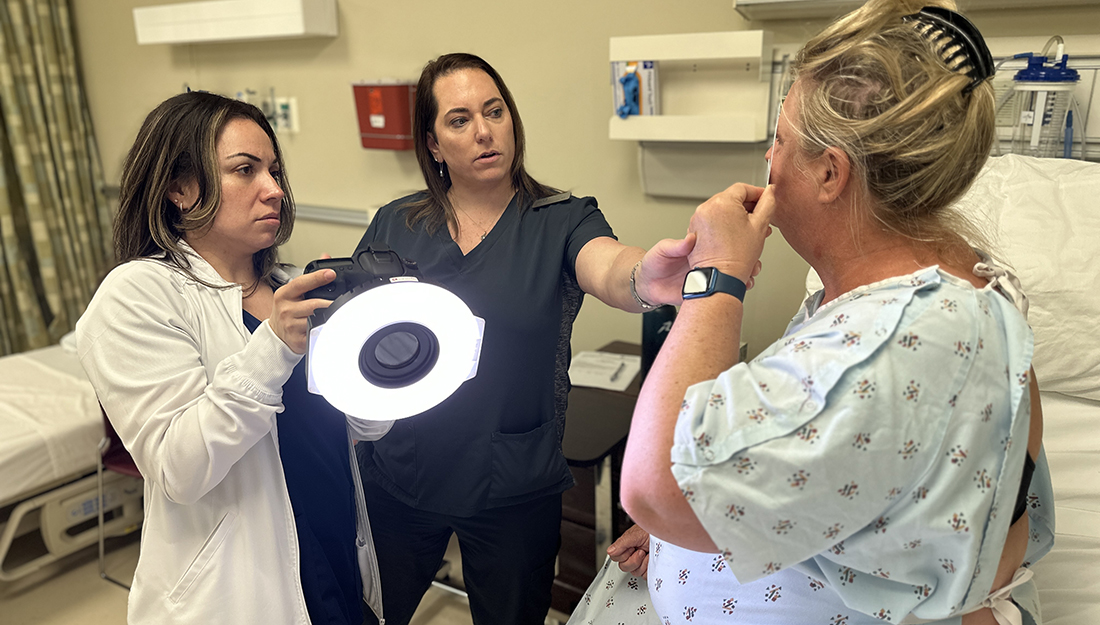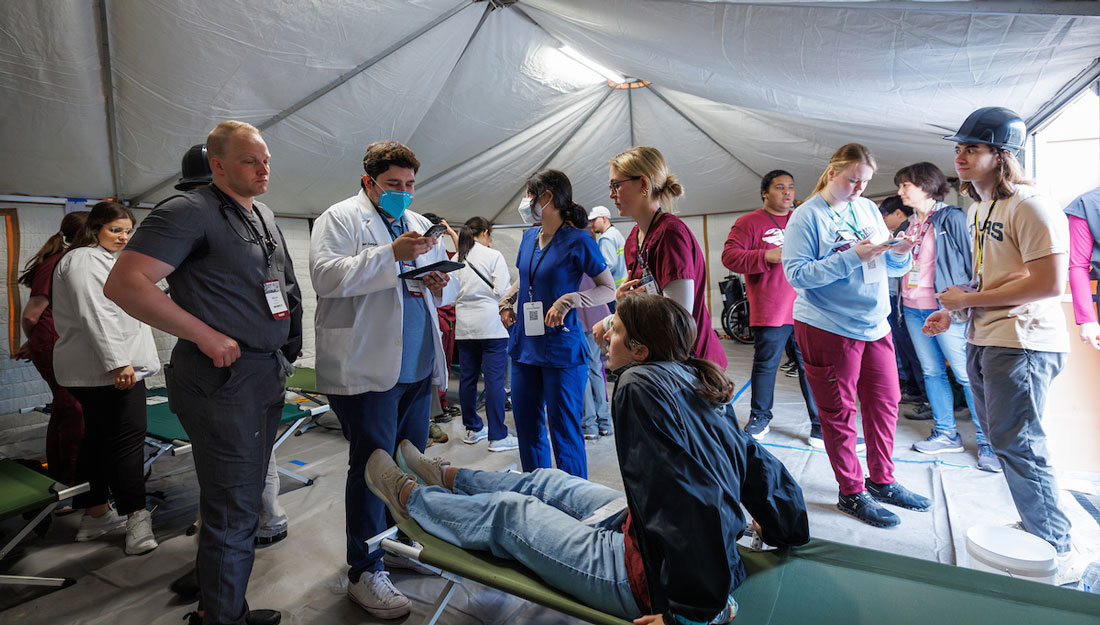Co-sleeping infant deaths on the rise, parents must weigh risks
Parenting requires daily decisions, some small, some large. From which brand of diapers to use to whether or not to breastfeed, decisions about the health and care of your newborn can be downright overwhelming. A rise in infant deaths related to co-sleeping has added yet another important decision to parents’ plates: What’s the best sleep routine for my baby?

Co-sleeping, or bed-sharing, refers to a caregiver sleeping in the same bed as an infant and is widely practiced in many cultures around the world, including the United States. Benefits such as easy access for mother and child to breastfeed during the night, improved caregiver sleep, and increased bonding between caregiver and infant have been cited as reasons for co-sleeping. However, new research shows that co-sleeping increases an infant’s risk of death from Sudden Infant Death Syndrome (SIDS) and other sleep-related causes, such as accidental suffocation.
“Like many behaviors of parents, co-sleeping has a polarizing effect,” said Alison Pittman, M.S.N., RN, CPN, assistant professor at the Texas A&M Health Science Center College of Nursing. “One of the biggest reasons given for co-sleeping is an increased ease in nighttime feedings, particularly while breastfeeding, but it comes with a risk.”
Data from the Texas Department of Family and Protective Services (TDFPS) shows that co-sleeping deaths in Texas are set to surpass the previous state record. In 2011, 174 children died while co-sleeping. In the first 10 months of this fiscal year, Child Protective Services reported investigating 164 cases of children who died while sharing a bed or other sleep surface with an adult or older child.
Most of these deaths involved children who were less than a year old. The exact cause of the majority of these reported deaths remain unknown; however, TDFPS notes that the deaths may have been prevented by giving babies “room to breathe” when they sleep. Despite associated risks, a recent study found that the number of U.S. caregivers sharing beds with infants has more than doubled in the last 17 years, from six percent to 13.5 percent.
With 15 years of experience as a pediatric critical care nurse, Pittman has seen first-hand the consequences of suffocation and other related life-threatening events.
“As with any decision made concerning a child’s health, it is imperative to consult your child’s physician,” Pittman said. “Many caregivers who want to sleep near their infants will place the baby in a crib alongside the bed to keep the baby close, but minimize the risk.”
This concept of “room sharing,” or placing infants in the same room as the caregiver, but not the same bed, is supported by the American Academy of Pediatrics.
Additionally, the TDFPS suggests that parents follow the ABC’s of Infant Sleep, which include infants sleeping alone, on their backs without blankets or bedding, in a crib, and in a cool (70 degrees), smoke-free environment.
Pittman explains that while SIDS remains an unexplained cause of death, there are certain risk factors that link SIDS with accidental suffocation. The following recommendations can reduce SIDS and accidental suffocation whether co-sleeping or not:
- Use a firm sleep surface such as a safety-approved crib covered with a fitted sheet.
- Remove any soft bedding, pillows, blankets, crib bumpers, and stuffed animals that may interfere with a child’s ability to breathe freely.
- Secondhand smoke should be avoided completely.
- Babies should sleep on their backs.
- Do not overdress an infant or keep the child’s sleeping environment too warm to avoid overheating
“If you’re still unsure about what is best for your family, compromise and practice ‘room sharing’ to keep the baby within an arms reach, but in their own safe space,” Pittman said.
Media contact: media@tamu.edu


